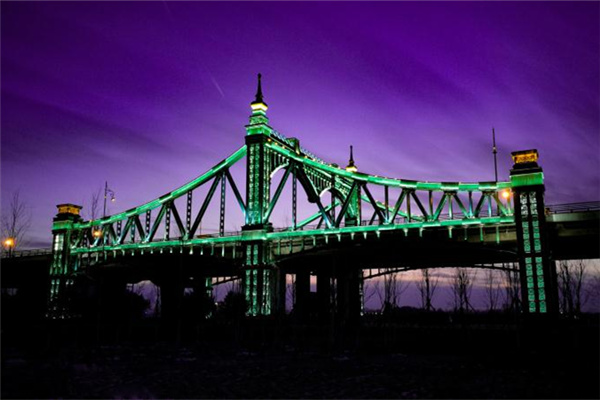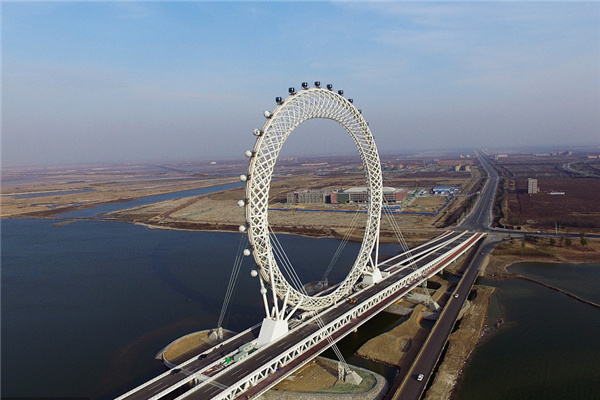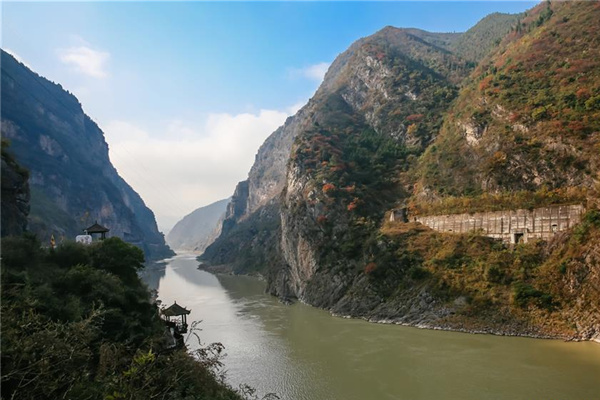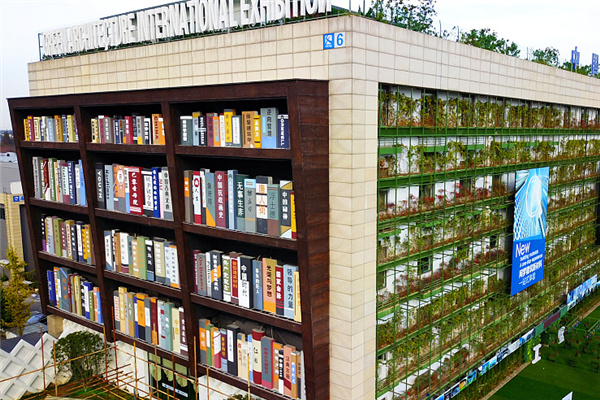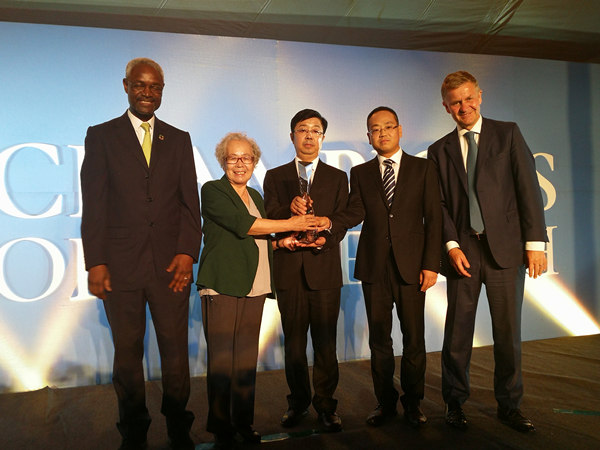

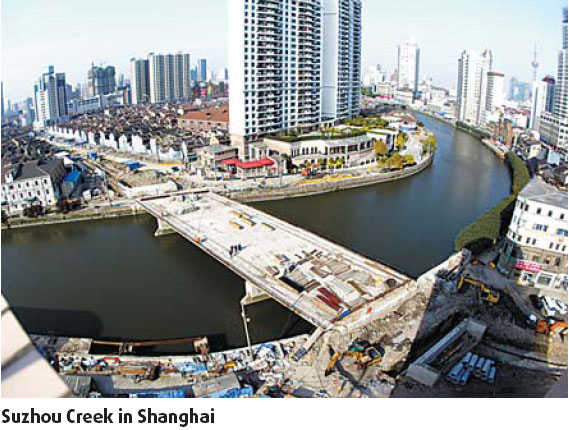
Strolling along Suzhou Creek in Shanghai at dusk has become routine for Li Yongliang, a former taxi driver who lives just a hop away from the once badly polluted waterway.
"I remember one day, I happened to see some fish in the river. After that I started to take a walk there everyday," says Li, who has been living along the riverside for more than 30 years.
Fed by heavily polluted Taihu Lake in the Eastern province of Jiangsu, Suzhou Creek has been known as "black and stinky" since 1920 due to the uncontrolled discharge of industrial wastewater, domestic sewage, the overflow of pump stations and unfavorable hydraulic conditions. No fish had been seen in it since late 1970.
In 2000, fish began to reappear and the blackness and stench of Suzhou Creek slated to disappear after a billion dollar-plus cleanup project was launched by the municipal government in 1998, with two investments of $843 million and $454 million in the first two stages which ended in late 2005.
The disposal of sediment is a major task for the current third stage. According to a study reported on the distribution characteristics of bottom sediment released by Suzhou Creek Comprehensive Environmental Rehabilitation Leadership Group, oxygen-consuming sediments with a thickness from 1 cm to 3 cm have accumulated in the creek bed.
The great majority of the dredged sediments are usually discharged into open waters, deposited on or near shores, or placed in a confined disposal facility. These conventional disposal methods have negative effects on environment, however, and experts have proposed other strategies.
The reuse of sludge of Suzhou Creek for manufacturing cement has been confirmed as technically feasible in the Natural Sciences, journal of Shanghai Normal University. Engineer Lai Yanwei, with the State-owned Suzhou Creek Comprehensive Rehabilitation Construction Company described in the report that the experiment showed the organic pollutant and heavy metal elements will not cause secondary pollution to the environment and human body during the production and application of cement.
The experiment was co-conducted by related research departments including Shanghai Municipal Engineering Design Institute and Tongji University, under the sponsorship of Science and Technology Commission of Shanghai Municipality.
A technique to utilize dredged sludge as landfill cover clay has also been presented. The Shanghai Institute of Environmental Engineering Design and State Key Laboratory of Pollution Control and Resources at Tongji University revealed that after pretreatment of Suzhou Creek dredged sludge, it could be used in landfill final cover and would not produce secondary pollution.
Some other proposals to recycle dredged sediments such as in the manufacture of pottery, ceramic tile and as fill material were also proved to be technically feasible. But engineer Lai says that reusing sediment to produce beneficial resources requires a disposal facility that should meet the environmental protection standards, and would be costly.
Suzhou Creek is about 125 km long and finally pours into the Huangpu River in Waibaidu in Shanghai. About 53km of the creek passes through the inner city itself.
The future stages of the renovation will carry out projects to restore the ecosystem, provide suitable conditions for more fish to return and to create an overall pleasant environment in Suzhou Creek.
(China Daily 03/24/2008 page3)
